| | | | Sustainable fuelsEU must improve quota designFrom 2025, every plane departing from an EU airport must use a fuel blend that includes 2 percent of sustainable fuel. The figure will rise to 70 percent in 2050. The EU made this decision as part of the climate protection package called Fit for 55. Lufthansa supports the use of sustainable aviation fuels (SAF). The problem is that the EU’s blending mandate for SAF unilaterally impacts European airlines and transfers in the EU and will result in carbon leakage – here, changes can and must be made. | |
| | | | The targets for SAFs at a glance
The target for SAF fuels in 2050 is 70 percent. The sub-target for PtL fuels is 35 percent. 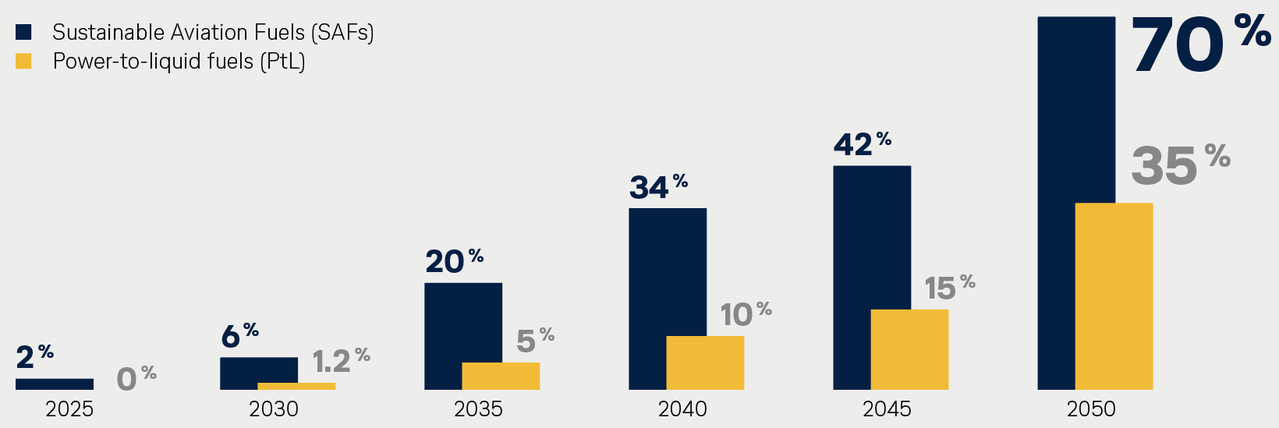
| |
| | | | SAFs can make flying more climate friendly. But these fuels currently cost roughly five times more than fossil-based jet fuel. Moreover, they are in very short supply. If the entire global supply of SAFs were used, the Lufthansa Group would be able to operate for just one week. Another option is power-to-liquid fuels (PtL), a source of energy that has not yet been used in daily aviation operations. It would cost up to ten times more than fossil-based fuel. An SAF quota could indeed help kick-start the market. But, in light of the price disparity, it must be designed to be competitively neutral for all airlines. This is precisely the flaw in the design of the EU’s SAF target. On the one hand, it will unilaterally drive up the costs of connecting flights via European hubs. On the other, price increases for trips via Istanbul or Dubai will be marginal because practically no SAF costs will be generated during transfers at airports located outside the gateways of Europe. This results in distorted international competition and carbon leakage. A fair and simple solution would be an SAF levy based on travel destination – regardless of where a passenger changes planes. Such a solution would create a level playing field between EU airlines and their non-European competitors – and would have a bigger climate-protection impact because more airlines would have to use SAFs. The situation is incomprehensible Brussels continues to ignore the aviation industry’s recommendations for such equal treatment of all airlines. The German government also announced in its coalition agreement that it would work to create fair international competition in aviation. Unfortunately, this commitment is not reflected in Fit for 55. The key now is for the EU to take its announcement of a review clause seriously and make some rapid improvements. Incentive strategy necessary for course correction
Lufthansa has been investing in SAFs for years and is supporting projects in several countries. The Lufthansa Group is one of the world’s largest SAF customers and has already reserved green jet fuel worth a quarter of a billion U.S. dollars. However, the industry cannot create a self-sustaining market all by itself. Current forecasts estimate that SAF production will be ramped up much slower than expected. For this reason, it remains to be seen whether the targets can be reached at all. If Europe seriously wants to take on a pioneering role in sustainable fuels, it will need a targeted support strategy involving the production and use of SAFs to go along with its binding mandates. A look at the United States shows how this can work: The Inflation Reduction Act (IRA) includes incentives for fuel blending and the production of SAFs and PtL fuels. The effort to make European aviation carbon neutral in the long term will not succeed without similar incentives in the EU. | |
| | | | Sustainability on boardMinimizing food wasteEnvironmental protection is a top priority for the Lufthansa Group. To increase sustainability onboard our aircraft, we are developing catering concepts that create less waste. Unavoidable waste is is recycled as far as possible. However, EU regulations restrict recycling for flights from non-European countries.In Germany, about 11 million tons of food are discarded as waste each year, even though in many cases they are still fit for consumption. The Lufthansa Group is determined to reverse this practice. On our continental flights, we have cut the amount of food waste across the Group by half since 2019. We have now developed new concepts that will enable us to take more forceful action: We are optimizing catering processes, giving our guests the opportunity to order meals in advance and reducing the number of standard products that we keep on hand. Austrian, SWISS, Eurowings, Eurowings Discover and Lufthansa also offer unsold food to passengers on evening flights at reduced prices. The measures are having an effect: By selling food at reduced prices, the participating airlines prevented about 80,000 food products from being thrown out in 2022. Lufthansa also lowered the amount of perishable food that was thrown out by 45 percent in 2022 compared with the previous year. EU rules require urgent changes
In instances where waste cannot be prevented, efficient EU recycling regulations apply to inner-European flights. This is not the case for flights that originate outside the EU: Under EU Regulation (1069/2009), international waste that contains animal (by-)products must be incinerated or disposed of in a landfill – this is not how a circular economy works. Along with partners such as Air France and British Airways, the Lufthansa Group therefore recommends that this EU regulation should be rewritten. | |
| | | | Disposable plastic on the index, circular economy in focus
Airlines in the Lufthansa Group have set a clear goal: By 2025, the onboard experience of their guests should include no disposable plastic and aluminum. All leftover plastic and aluminum items will be recycled or processed. The Lufthansa Group is deeply committed to all forms of a circular economy. Here are five examples: 
Lufthansa: The airline worked with catering companies in FRA and MUC in 2022 to collect more than 1,500 tons of recyclable waste and transfer it to the Green Dot recycling system in Germany. This is set to increase in 2023.

SWISS: The airline and a partner transferred textiles that could no longer be used onboard its planes into a recycling system and an alternative process called downcycling.

Austrian Airlines: The airline is using a patented process to convert disposable plastic cups and packaging into synthetic crude oil.

Eurowings: The airline is using sandwich packaging that is completely compostable. More than 4 tons of plastic waste are prevented each year as a result.

Lufthansa Cargo: The freight airline has set the goal of increasing its global recycling share for plastic film to 100 percent by 2025. You can’t do any better than that. | |
| | | | Nonstop to Washington and DubaiNew direct flights from BERFrom capital to capital: United Airlines – a joint venture partner of the Lufthansa Group – is starting direct flights from Berlin to Washington, D.C., in May. The flights can also be booked at Lufthansa. Eurowings will add Dubai to its program this winter, further strengthening its presence in Berlin in the process. | |
| | | | Long-haul flights need connecting passengers
Here is one example flight: LH 430 that flew on February 26, 2023, from Frankfurt to Chicago: 77 percent of the 344 passengers onboard the plane started their journey at another airport and changed to the long-haul plane in FRA. 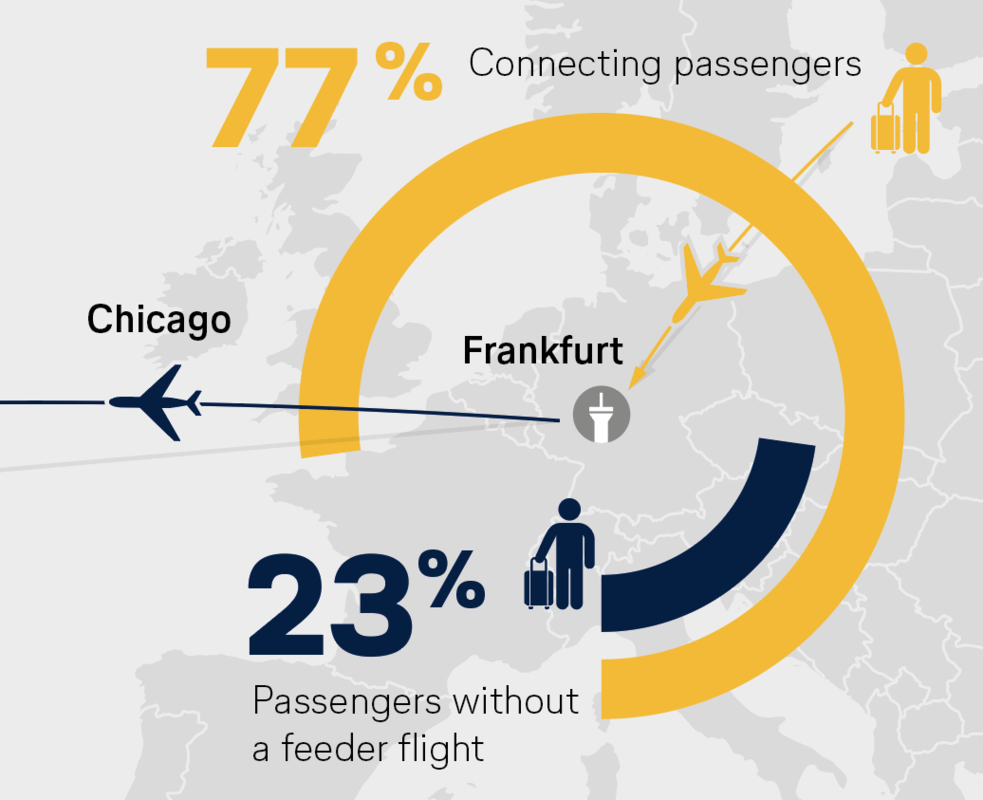
| |
| | | | Starting on May 26, United Airlines will offer one direct flight from BER to Washington, D.C., every day during the summer flight schedule. With the start of this nonstop service, the Lufthansa partner will connect the political centers of Germany and the United States for the first time. The flight will complement the direct connection between Berlin and New York. All United flights can be booked at Lufthansa and will use a Lufthansa flight number. Hub system is efficient and economic
For flights to Berlin, the U.S. airline assembles its passengers at hubs in Washington and New York. The airline uses its feeder flights to bring passengers from all parts of North America to Germany. In doing so, it ensures that its large long-haul planes achieve the passenger load factor they need. Conversely, it can provide passengers from Berlin with connections to all parts of North America with a single plane change. | |
| | | | Market leader in Berlin
The Lufthansa Group is the undisputed No. 1 at BER in the current summer flight schedule. 
| |
| | | | International partnerships benefit travelers
United Airlines leverages the very same synergies that the Lufthansa Group enjoys at its hubs in Frankfurt, Munich, Vienna, Zurich and Brussels. Conversely, Lufthansa can offer non-stop service from a city like Frankfurt to San Diego or Detroit, something that United Airlines cannot do. International partnerships like the joint venture of the Star-Alliance allow optimal use of individual hubs. As a result, airlines can offer certain routes with their own flight number without using any of their own planes. The partners jointly analyze the capacities for flights between the home countries and then decide which partner is best suited to serve a particular route. The result is a tightly knit and efficient flight network that benefits travelers, the airlines and, last but not least, the environment. Fly Eurowings directly to Dubai
From November, Eurowings will be flying non-stop from Berlin to Dubai. The new flight is being made possible by the addition of the Airbus A321neo with 232 seats to the Lufthansa subsidiary’s fleet. Thanks to its greater range, this model can reach medium-range destinations directly. With the help of this new flight, Eurowings will strengthen its BER base in the winter and the overall position of the Lufthansa Group as well. | |
| | | | Artificial intelligenceOptimizing flight operations – reducing CO2The Lufthansa Group pursues a clear sustainability strategy that includes ambitious targets. We intend to be carbon neutral by 2050. To achieve this goal, we plan to halve our net emissions by 2030 compared to 2019. The most efficient flight operations as possible will play a key role in this effort – and will be further enhanced with the help of AI. | |
| | | | AI potential for climate friendly aviation
SWISS is flying significantly more efficiently and climate friendly with the help of AI applications that are part of a tailsign optimization function. Extrapolated to the entire Lufthansa Group, about 50,000 tons of carbon emissions could be prevented each year. 
| |
| | | | Aviation is complex. Many interlocking processes enable smooth-running flight operations. Elaborate adjustments must be made if something goes wrong – say bad weather develops or unexpected delays occur in the entire system. Routes, airplane rotations, catering and much more have to be quickly changed. A new platform developed by the Lufthansa Group and Google Cloud can streamline and accelerate such processes. The Operations Decision Support Suite (OPSD) uses artificial intelligence (AI) to analyze mountains of data. The calculations are based on information from the past, current activities and forecasts. As a result, the planning and control experts at airlines can make better decisions in less time. Flight operations are optimized. The environment and customers profit
The use of the OPSD also reduces CO2 emissions because the efficient utilization of airlines drives down fuel consumption. The huge potential of AI is demonstrated by the tailsign optimization function introduced by SWISS in July 2021. The AI tool helps select the most efficient plane for a particular route. Up to now, such factors as plane model and average costs were the critical criteria. With the help of AI, real-time data like engine condition and drag are integrated into the process. This data-driven tailsign optimization function at SWISS is saving about 2,000 tons of fuel and reducing carbon emissions by 7,700 tons a year. This is the equivalent of about 16 roundtrip flights between Munich and New York in an Airbus A350. AI-based functions will be introduced throughout the entire Lufthansa Group in the coming months. These additions will enable all our airlines to react more flexibly to disruptions such as weather phenomena or problems experienced by system partners. Our guests will profit from the applications as well. The new technology will enable flights to be evaluated in real time and exact connections for individual passengers found. These examples show that AI will make flying more comfortable, economic and sustainable. For this reason, state-of-the-art technologies and digital tools are a key lever that the Lufthansa Group is using to reach its sustainability goals. | |
| | | | |
AI and climate protection in aviation
Whitepaper from the Lufthansa Group and Google Cloud
|
| |
| | | | Aviation in Saudi ArabiaIndustrial policies for XXL growthFor the past decade, state-run airlines from Qatar, the United Arab Emirates and Turkey have been gaining massive market shares. These gains are largely the result of government industrial policies. In Germany, EU airlines face conditions that drive up the costs of aviation and hamper fair competition. In the other countries, governments do whatever it takes to subsidize their aviation industry – Saudi Arabia is the latest country to take this approach. | |
| | | | Trends in passenger and freight totals in Saudi Arabia 
| |
| | | | The country is determined to become a world-class air-transportation location. Saudi Arabia is developing an infrastructure at break-neck speed, an effort that further stokes competition between locations. The government is taking an highly structured and ambitious approach. Underpinning this effort is a strategy called Vision 2030, a plan that impacts virtually every aspect of the public and commercial life in the country. The core objective for aviation is to turn the kingdom into a passenger and logistics hub that will link Europe, Asia and Africa. Saudi Arabia is committing tremendous amounts of funding to this effort. A total of 100 billion Euros will flow into the travel and tourism industry by 2030. Roughly one third of these funds is earmarked for aviation. Some of this funding will be used to turn the capital’s airport into one of the largest in the world. The Persian Gulf country is working on the assumption that national passenger totals will nearly quadruple, rising from nearly 90 million in 2019 to 330 million by 2030. In addition to that, a second airline funded completely by the country’s government has recently been set up – and this airline is to serve 100 destinations around the world within a period of seven years. | |
| | | | Capacity planning in comparison 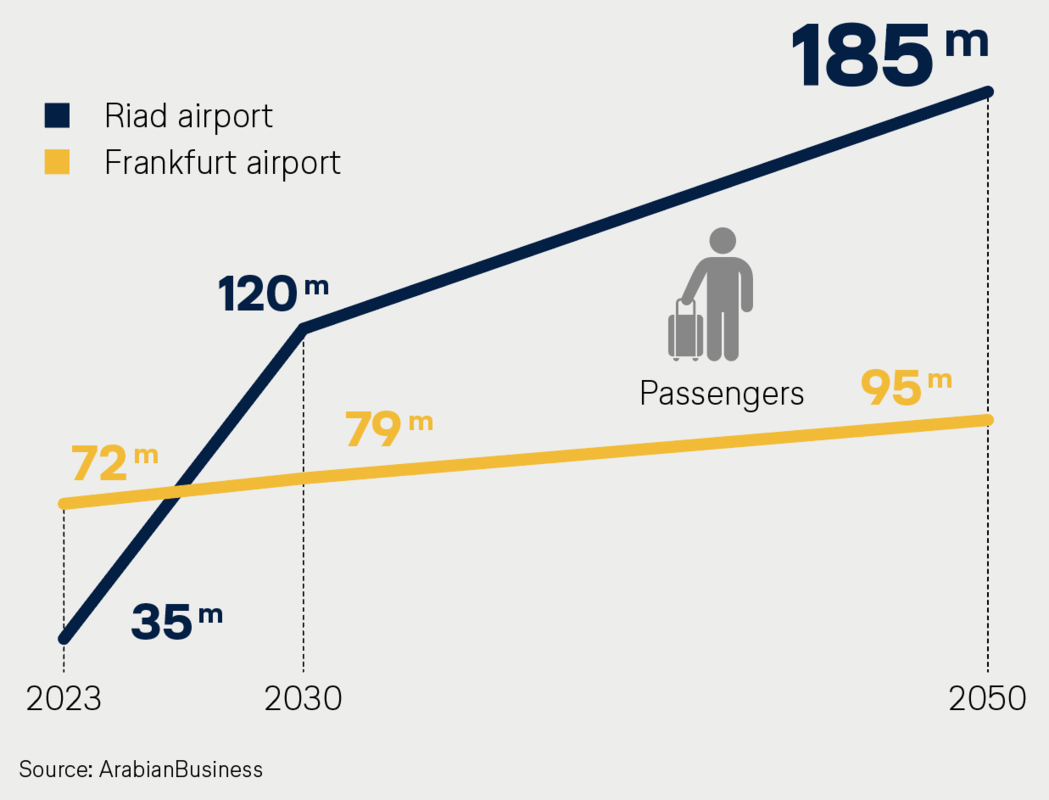
| |
| | | | The entire strategy could certainly be dismissed as megalomania. But the truth is that more and more countries are looking at and strengthening the tourism and aviation industries as central economic pillars. The EU must find industrial-political answers to these challenges. It is sobering to take inventory in this regard. While the EU is continuing to liberalize neighboring traffic with the Gulf States, it is unilaterally tightening regulation for EU network airlines through climate protection policy. This one-sidedness has the effect of an economic stimulus package for non-European state-run airlines. This results in relocations to other places that have less ambitious commitments to climate protection. To put it clearly: We do not want growth at any price. Flying has to become more expensive because tremendous amounts of money need to be invested in sustainable aviation fuels and in completely new planes. We fundamentally disassociate ourselves from XXL growth fantasies. In the face of this situation, it is even more crucial for the EU to monitor global developments and take steps to ensure that Europe will continue to have an independent and high-performance aviation industry at its disposal in the future – also particularly for sustainability reasons. | |
| | | | LUFTHANSA GROUPYour Contacts Show PDF Show PDF
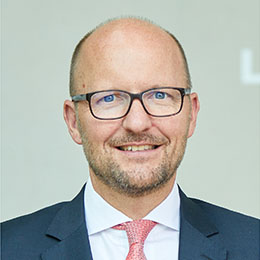
Andreas Bartels
Head of Corporate
Communications
Lufthansa Group  +49 69 696-3659 +49 69 696-3659
 andreas.bartels@dlh.de andreas.bartels@dlh.de
| 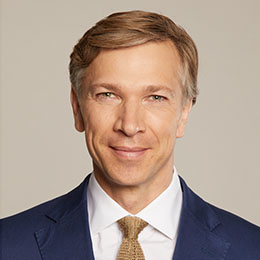
Dr. Kay Lindemann
Head of Corporate
International Relations and
Government Affairs
Lufthansa Group  +49 30 8875-3030 +49 30 8875-3030
 kay.lindemann@dlh.de kay.lindemann@dlh.de
|
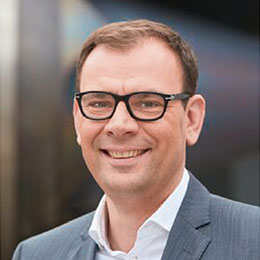
Martin Leutke
Head of Digital Communication
and Media Relations
Lufthansa Group  +49 69 696-36867 +49 69 696-36867
 martin.leutke@dlh.de martin.leutke@dlh.de
| 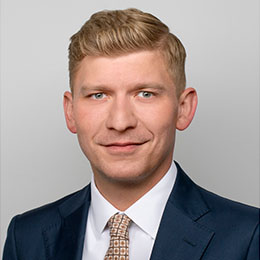
Jan Körner
Head of Government Affairs
Germany and Eastern Europe
Lufthansa Group  +49 30 8875-3212 +49 30 8875-3212
 jan.koerner@dlh.de jan.koerner@dlh.de
|
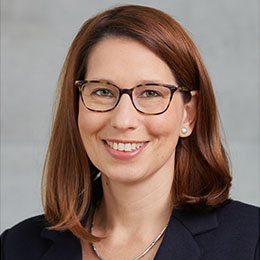
Sandra Courant
Head of Political Communication
and Media Relations Berlin
Lufthansa Group  +49 30 8875-3300 +49 30 8875-3300
 sandra.courant@dlh.de sandra.courant@dlh.de
| 
Jörg Meinke
Head of EU Liaison Office
Lufthansa Group  +32 492 228141 +32 492 228141
 joerg.meinke@dlh.de joerg.meinke@dlh.de
|
| |
| | | | Published by:
Deutsche Lufthansa AG
FRA CI,
Lufthansa Aviation Center
Airportring, D-60546 Frankfurt Andreas Bartels
Head of Communications
Lufthansa Group Dr. Kay Lindemann
Head of Corporate International
Relations and Government Affairs
Lufthansa Group Martin Leutke
Head of Digital Communication
and Media Relations
Lufthansa Group | Editor in Chief:
Sandra Courant
Head of Political Communication
and Media Relations Berlin
Lufthansa Group Editorial Staff:
Trisha Baumeler, Franziska Feinig, Alexander Holzrichter, Benedikt Jäger, Benjamin Koch, Christian Most, Barbara Pagenkämper, Katrin Schreiber, Alexandra M. Zill Press date:
24 May 2023 Agency Partners:
Köster Kommunikation
GDE | Kommunikation gestalten |
| |
|